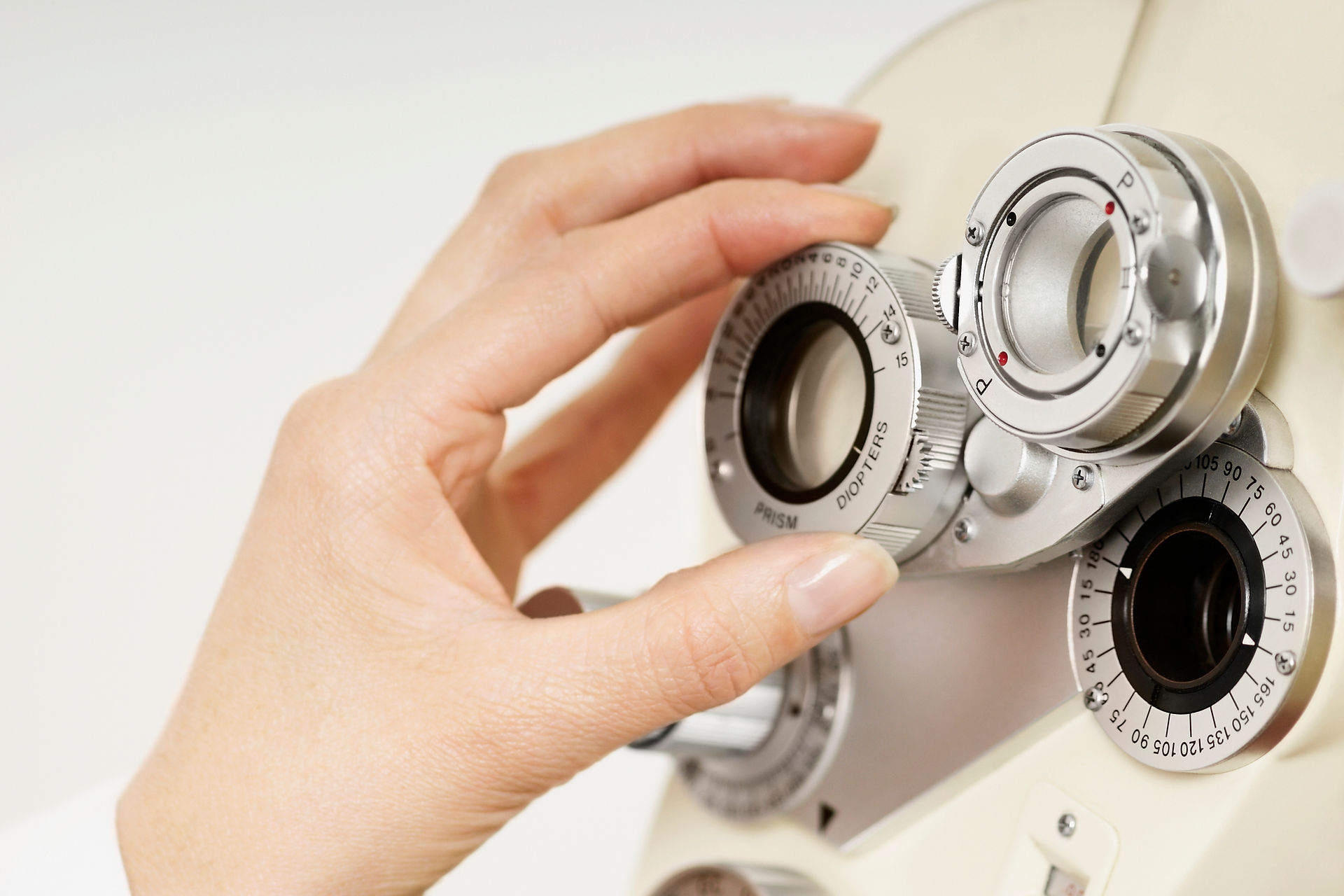
What are the symptoms of glaucoma? The problem with this disease is that you won't have any symptoms until it's too late.
Glaucoma is currently the second leading cause of blindness in the United States, with an estimated 2.5 million Americans affected by the disease. Due to the aging of the U.S. population, it's expected that more than 3 million Americans will have glaucoma by 2020.
Glaucoma refers to a category of eye disorders often associated with a dangerous buildup of internal eye pressure (intraocular pressure or IOP), which can damage the eye's optic nerve. This increase in pressure is due to a failure of the eye to maintain an appropriate balance between the amount of fluid produced inside the eye and the amount that is drained.
There are two major categories of glaucoma; open-angle glaucoma (OAG) and narrow angle glaucoma.
When we say "angle", we are referring to the drainage angle inside the eye that controls the outflow of the watery fluid (aqueous) that is continually being produced inside the eye.
If the aqueous can access the drainage angle = open angle glaucoma.
If the drainage angle is blocked and the aqueous cannot reach it = narrow angle glaucoma.
There are also several other variations of glaucoma including normal tension glaucoma, angle recession (usually trauma related), neovascular glaucoma. pigmentary glaucoma and congenital forms of glaucoma.
Am I at risk??
Open-angle glaucoma is three times more likely to affect African-Americans, compared with non-Hispanic whites in the United States. Studies also suggest open-angle glaucoma affects Hispanics and Latinos at comparable rates to African-Americans.
Additional risk factors include a positive family history, diabetes, vascular disease, high eye pressure and large optic nerve size.
How is it treated?
Prescription eye drops aimed at lowering IOP are usually first line of treatment to control glaucoma. If need be, additional drop therapy may be warranted, and/or laser surgery. In severe cases of glaucoma, more invasive surgeries may be needed.
Glaucoma
Glaucoma is often referred to as the "silent thief of sight".


